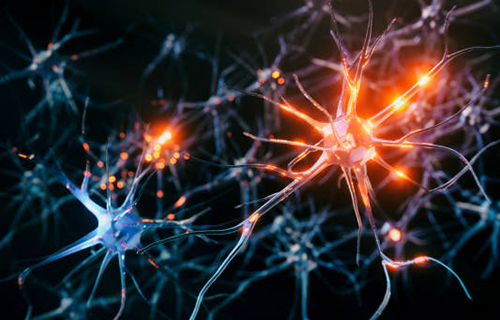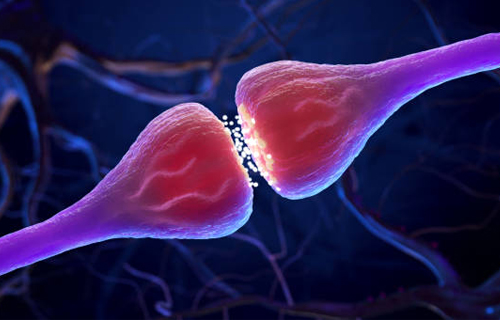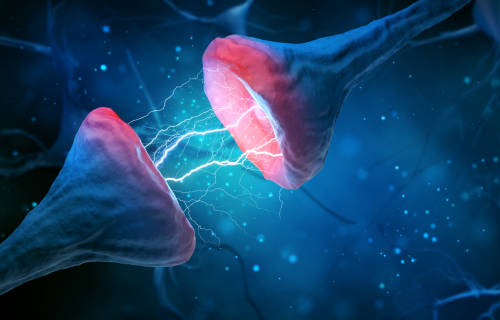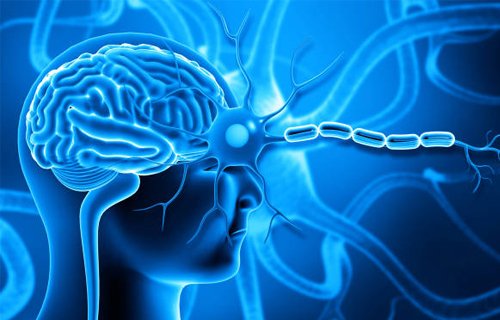
Synaptic transmission and plasticity are crucial processes in the nervous system that enable communication between neurons and the formation of new connections in response to experience. In this article on the neuroscience network, we will explore the molecular and cellular mechanisms underlying these processes.
Synaptic Transmission and Plasticity
Synaptic transmission refers to the process by which signals are passed between neurons at the synapse, the junction between two neurons. The synapse consists of two main components: the presynaptic terminal, which contains the neurotransmitter molecules, and the postsynaptic terminal, which includes the receptors for these molecules.
When an action potential reaches the presynaptic terminal, neurotransmitter molecules are released into the synaptic cleft, the small gap between the two terminals. The neurotransmitter molecules then bind to the receptors on the postsynaptic terminal, causing the opening of ion channels and generating a postsynaptic potential.
Several mechanisms, including presynaptic modulation, postsynaptic modulation, and neuromodulation, can modulate the strength of synaptic transmission. Presynaptic modulation refers to the regulation of the release of neurotransmitters from the presynaptic terminal, while postsynaptic modulation refers to the rule of the responsiveness of the postsynaptic receptor. Neuromodulation refers to the law of synaptic transmission by neuromodulators, such as dopamine and serotonin, which can affect neurotransmitters’ release and responsiveness.

Synaptic Plasticity
Synaptic plasticity refers to the ability of synapses to change their strength and structure in response to experience. There are two main types of synaptic plasticity: long-term potentiation (LTP) and long-term depression (LTD).
LTP is a process by which synapses become more robust and more efficient in transmitting signals. It is thought to be the cellular mechanism underlying learning and memory. LTP can be induced by the activation of the NMDA receptor, a type of glutamate receptor involved in regulating synaptic plasticity. The activation of the NMDA receptor triggers a cascade of molecular events that lead to the strengthening of the synapse.
Conversely, LTD is a process by which synapses become weaker and less efficient in transmitting signals. It is thought to be involved in the forgetting of unnecessary information. LTD can be induced by the activation of the metabotropic glutamate receptor, a type of glutamate receptor that is also involved in regulating synaptic plasticity. The activation of the metabotropic glutamate receptor triggers a cascade of molecular events that weaken the synapse.

Molecular and Cellular Mechanisms of Synaptic Plasticity
The molecular and cellular mechanisms underlying synaptic plasticity are complex and involve several molecular pathways. One of the critical pathways involved in LTP is the calcium/calmodulin-dependent protein kinase II (CaMKII) pathway. CaMKII is a protein kinase activated by the influx of calcium into the postsynaptic terminal during the induction of LTP. Once activated, CaMKII can phosphorylate several target proteins, including the AMPA receptor, a type of glutamate receptor involved in regulating synaptic strength.
Another critical pathway involved in LTP is the protein kinase A (PKA) pathway. PKA is a protein kinase that is activated by the second messenger cAMP. Once activated, PKA can phosphorylate several target proteins, including the AMPA receptor.
LTD, on the other hand, involves a different set of molecular mechanisms. One of the critical pathways involved in LTD is the protein phosphatase 1 (PP1) pathway. PP1 is a protein phosphatase involved in the dephosphorylation of target proteins, including the AMPA receptor. The activation of the metabotropic glutamate receptor leads to the activation of PP1, which dephosphorylates the AMPA receptor, decreasing synaptic strength.
Another critical pathway involved in LTD is the endocannabinoid pathway. Endocannabinoids are lipid molecules that are synthesized and released from the postsynaptic terminal in response to activating the metabotropic glutamate receptor. Once released, endocannabinoids bind to the presynaptic cannabinoid receptor, leading to a decrease in neurotransmitter release and a reduction of synaptic strength.
In addition to these pathways, several other molecular mechanisms are involved in LTD, including the activation of the protein kinase C (PKC) pathway and the activation of the mitogen-activated protein kinase phosphatase (MKP) pathway, and the internalization of AMPA receptors.

Conclusion
Overall, synaptic transmission and plasticity’s molecular and cellular mechanisms are complex and involve several molecular pathways. Understanding these mechanisms is crucial for understanding how the brain processes information and how synaptic dysfunction can lead to neurological disorders such as Alzheimer’s and schizophrenia.

